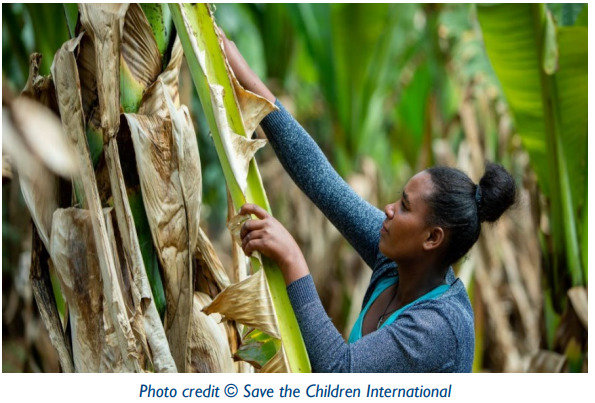In 2019, Save the Children International (SCI) endorsed an Environmental Sustainability and Climate Change Policy to support improved environmental performance, noting the centrality of the supply chain in this work.
Since 2020, SCI has made considerable progress in making its supply chain more sustainable through the creation of a Supplier Sustainability Policy, a Sustainability Pledge, and Sustainability Criteria to evaluate suppliers. Through this work, SCI also aims to drive localization in the countries where it works, using sustainable procurement to create “a positive social, economic and environmental impact on the communities we serve, our suppliers and the planet.”

The policy, pledge, and criteria are part of SCI’s broader Supply Chain Sustainability Strategy, a multi-year strategy aimed at elevating social, economic, and environmental sustainability to the core of decision-making for the organization and its suppliers.
SCI has 55 country offices and works with 30,000 to 50,000 suppliers. The Supplier Sustainability Policy sends a clear message to SCI’s suppliers that sustainability is a priority for the organization. It is hoped that this will put sustainability on suppliers’ “radars” and stimulate positive changes in the way that suppliers source, package, and transport humanitarian materials. In the medium to long term, adherence to this policy should contribute to more significant improvements in the humanitarian sector, with suppliers proactively taking initiatives on social, economic, and environmental sustainability.
Given the particular focus of the Joint Initiative for Sustainable Humanitarian Assistance Packaging Waste Management (JI)’s compendium of case studies, the present case study focuses on environmental—rather than social and economic—sustainability, although these three dimensions are closely interrelated. In terms of environmental sustainability, SCI’s objectives are threefold: to reduce its negative environmental impact, to maximize the use of sustainable and natural resources, and to reduce waste through its supply chain.
